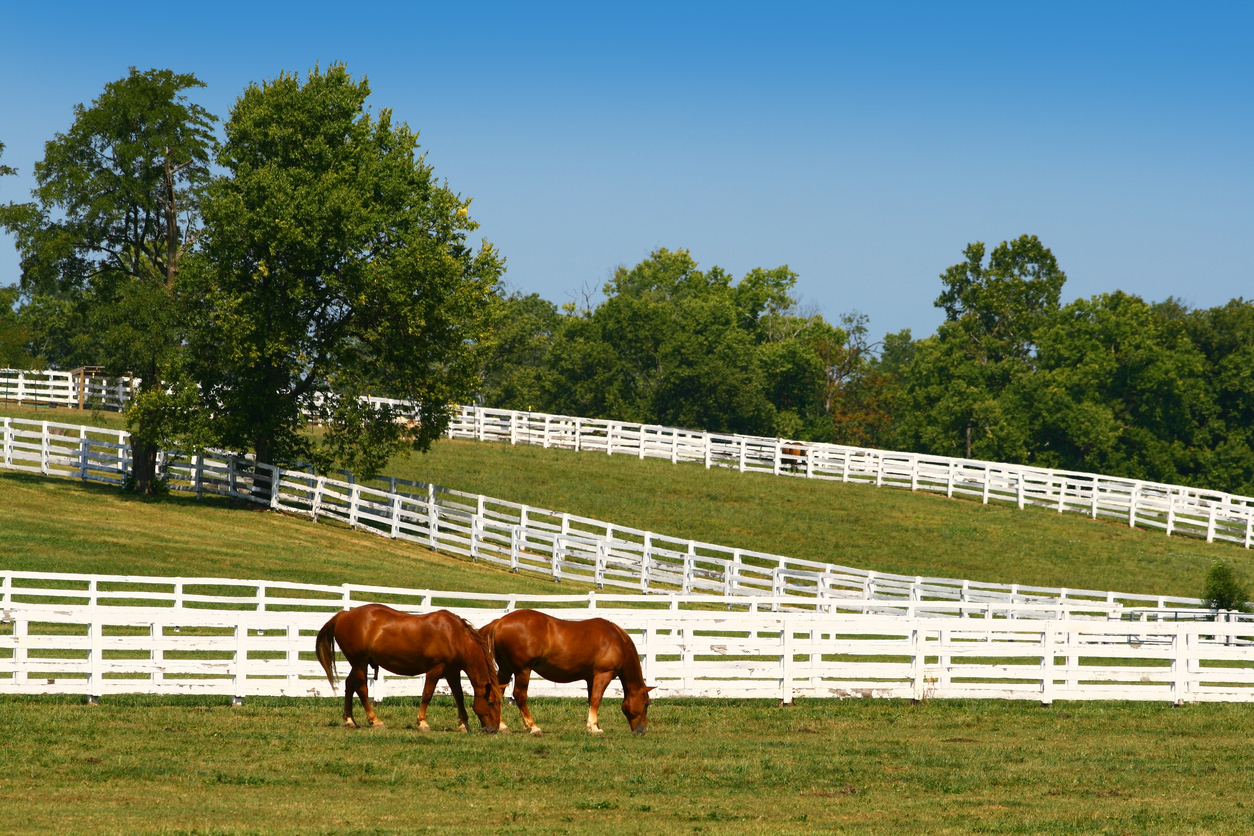Understanding Farm Appraisals: Why Your Dream Farm Might Be Worth Less on Paper
Buying a farm is a dream come true for many, especially when it means bringing your horses home and enjoying the country life. But before you sign on the dotted line, it’s crucial to understand one of the biggest challenges farm buyers face: the difference between what you’re willing to pay for a farm and what the bank is willing to finance.
The Farm Appraisal Conundrum
When purchasing a farm, the property’s purchase price might not match the appraisal value assigned by your lender. In Ontario, and across Canada, most of the big five banks will only consider the value of the house and a small portion of the land—typically 5 or 10 acres. This means that the bank may not fully recognize the value of the entire property, including outbuildings like barns and arenas, leaving you with a potentially significant financing gap.
A Real-Life Example
Let’s say you’ve found the perfect 50-acre horse farm with a charming house, a fully equipped barn, and an indoor riding arena. The purchase price is $2,000,000. However, when the bank appraises the property, they might only value the house and 10 acres at $1,200,000, ignoring the remaining land and outbuildings. Now you’re faced with a shortfall of $800,000.
Financing the Shortfall
In Canada, the minimum down payment required for properties over $1,000,000 is 20% of the purchase price. Using our example, the minimum down payment for a $2,000,000 property would be $400,000. However, with the bank’s appraisal coming in at only $1,200,000, you’ll need to cover both the standard down payment and the $800,000 shortfall. This means you would need to come up with a total of $1,200,000 in cash or find alternative financing to cover the gap.
Why Does This Happen?
Banks and other traditional lenders are cautious when it comes to financing rural properties because they can be harder to sell if the borrower defaults on the loan. A house with a few acres is easier to value and resell than a large farm with specialized buildings. As a result, lenders often undervalue these properties, focusing only on the most liquid assets: the house and a small amount of land.
What Can You Do?
If you’re in the market for a farm, it’s essential to plan ahead and be prepared for the possibility that the bank’s appraisal will come in lower than expected. Here are a few tips:
- Save More for a Down Payment: Given the potential for a significant shortfall, it’s wise to save more than the minimum down payment required by your lender. This can help cover the gap between the purchase price and the bank’s appraisal.
- Explore Alternative Financing: Consider working with lenders who specialize in rural or agricultural properties. They may be more familiar with the value of outbuildings and additional acreage, leading to a more accurate appraisal.
- Get a Second Opinion: If you believe the bank’s appraisal is too low, consider getting an independent appraisal. While this won’t change the bank’s valuation, it can give you a better understanding of the property’s true worth.
- Negotiate the Purchase Price: If the appraisal is significantly lower than the purchase price, you may be able to use this information to negotiate a lower purchase price with the seller.
My Final Thoughts
Buying a farm is a significant investment, and understanding the potential pitfalls of the appraisal process is crucial to avoid financial surprises. By being informed and prepared, you can navigate the challenges of farm financing and move one step closer to making your dream of owning a farm a reality.


